Introduction
Traveling is an invigorating experience that can be both exhilarating and exhausting. Stepping into the unknown can be a thrill, but it can also be overwhelming. Tourist scams, personal safety threats, pickpockets, and thieves can quickly dampen any adventure.
Approaching your travels with a nonchalant attitude is not the solution. Tempting fate with the attitude of "what are the chances?" is not advisable.
Fortunately, there are many effective safety precautions you can take to protect yourself and your belongings while traveling. No matter where you go, taking a few simple steps can ensure you have a hassle-free and unforgettable trip.
This guide will help you identify the most common safety threats you may encounter while traveling, where they are likely to occur, and how you can greatly minimise risks.
We hope you find this guide helpful.
What are the Personal Risks of Traveling?
Traveling exposes you to various safety risks. You don't need to visit a war-torn, developing country to be exposed to danger. Travel safety threats are everywhere, even in your home city.
Here are the most common safety threats travelers face:
- Personal security risk: Threats to personal safety, such as pickpocketing, assault, or kidnapping
- Financial risk: Loss of money and/or financial information due to theft or fraud
- Health risk: Illnesses due to inadequate food and water, insect bites, and unfamiliar diseases
- Legal risk: Inadvertently violating local laws and customs
- Communication risk: Difficulty understanding or communicating due to language barriers
- Weather/Natural Disaster risk: Unexpected extreme weather or natural disasters
- Local transportation risk: Unsafe or unreliable local transportation options
- Political risk: Unpredictable political or security conditions in a region
How to Keep Yourself Safe When Traveling
Your safety is your #1 priority when traveling, followed closely by the security of your most valuable items.
Here are the most common safety precautions you should adopt when traveling:
- Research your destination: Thoroughly research your destination, including areas to avoid, local laws, customs, and any safety concerns.
- Stay alert: Pay attention to your surroundings and trust your instincts. If something feels off, leave the area.
- Share your plans: Let friends and family know your travel plans and establish a routine check-in time.
- Monitor crime levels and safety advice: Stay updated on local news and safety messages from embassies or consulates.
- Avoid wearing flashy jewellery or carrying expensive items: Be aware of potential targets and only bring necessary items.
- Carry a mobile phone: Ensure your mobile device is charged and accessible.
- Know your rights: Familiarise yourself with local laws to avoid unintentional violations.
- Learn basic local language sentences: Knowing a few key phrases can help in navigating and seeking assistance.
- Get adequate travel insurance: Ensure your travel insurance covers unforeseen medical and emergency situations.
The Importance of Protecting Your Valuables
Preventative measures are crucial to avoid the hassle of dealing with theft while traveling. Here are the most common items stolen from tourists:
- Cash and credit cards
- Mobile phones
- Luggage
- Identity documents
- Passports and ID cards
- Sunglasses and hats
- Handbags and daypacks
- Laptops and tablets
Losing any of these items can cause significant disruption to your trip.
The Most Common Places Where Travel Thefts Occur
Some places are at higher risk for travel theft:
- Hotels and airports
- Train stations and bus stops
- Marketplaces and shopping malls
- Popular tourist destinations
- Bars and nightclubs
- Rental cars parked on the street
- Luggage lockers and storage spaces
- ATMs and currency exchange centers
Identify the Biggest Threats
Here’s an overview of the most common threats travellers face:
-
Pickpocketing
The problem: Pickpocketing can occur anywhere, using distraction techniques to steal belongings.
The solution: Use anti-theft bags and keep belongings close to your body. -
Theft from Luggage
The problem: Theft can happen at any point, especially in public areas.
The solution: Use TSA-approved locks and luggage with security features. -
Theft from Hotel Room
The problem: Hotel room thefts can happen even in secured rooms.
The solution: Use portable door locks and store valuables in the hotel safe.
What Other Safety Precautions Can You Take When Traveling?
Here are additional ways to minimise the risk of theft:
- Wearables: Use clothing with internal pockets, money belts, and RFID-blocking accessories.
- Decoy Wallet: Carry a decoy wallet with expired cards and small cash, while keeping your real wallet secure.
- Wireless Router: Use a travel router for secure internet access instead of public Wi-Fi.
-
Apps: Use safety and communication apps like Smart Traveller, BSafe, Bugle, Watch Over Me, One Scream, and SOS Whistle for added security.
Travel Safe, Travel Smart
Ensure peace of mind with Zoomlite Anti-theft travel bags & backpacks
Explore Anti-Theft Bags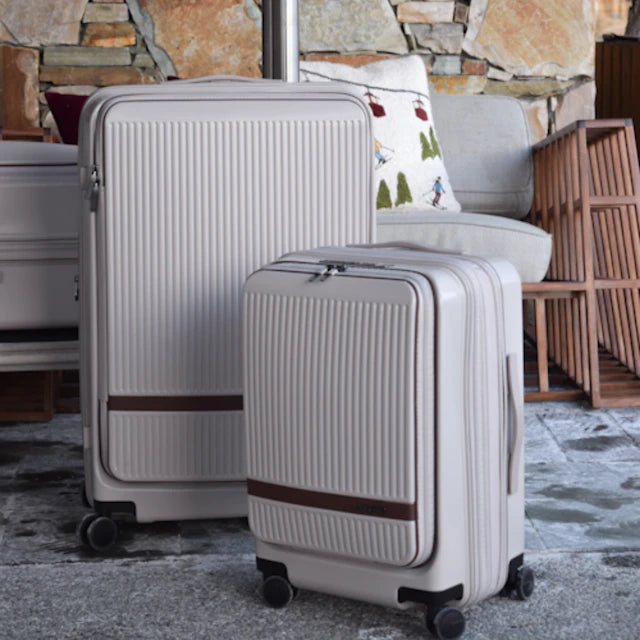
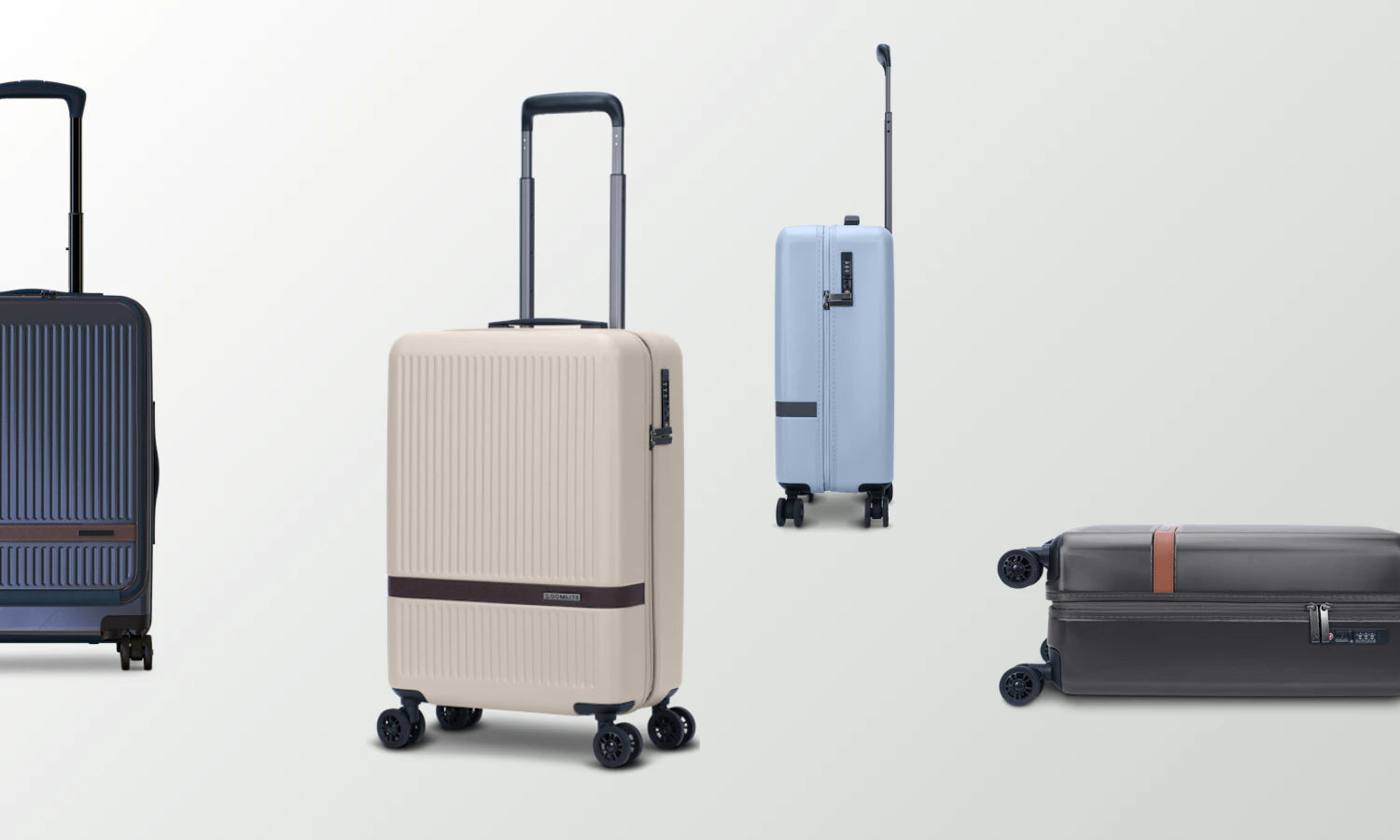
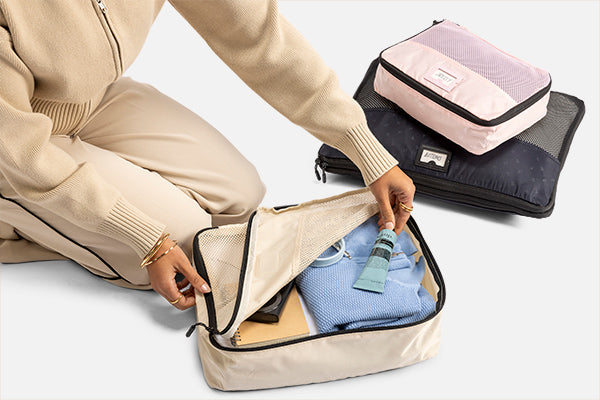
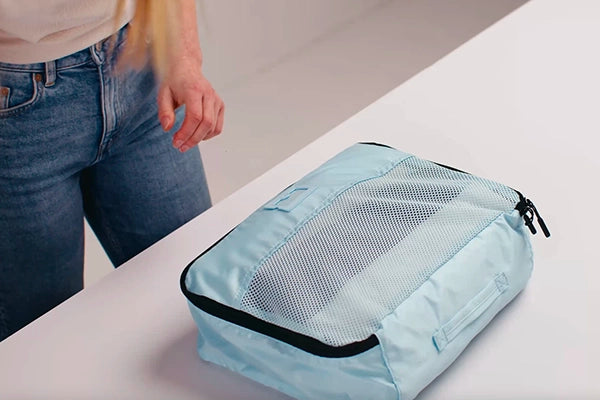
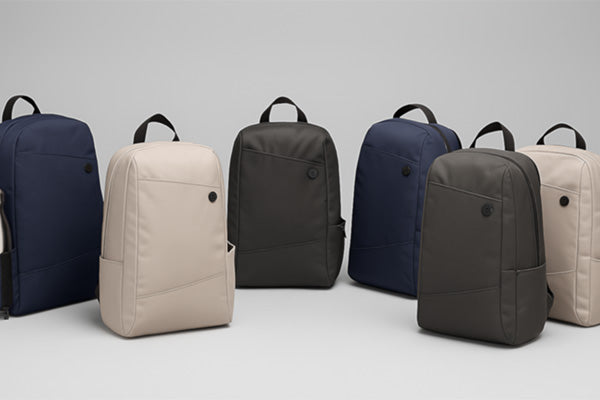
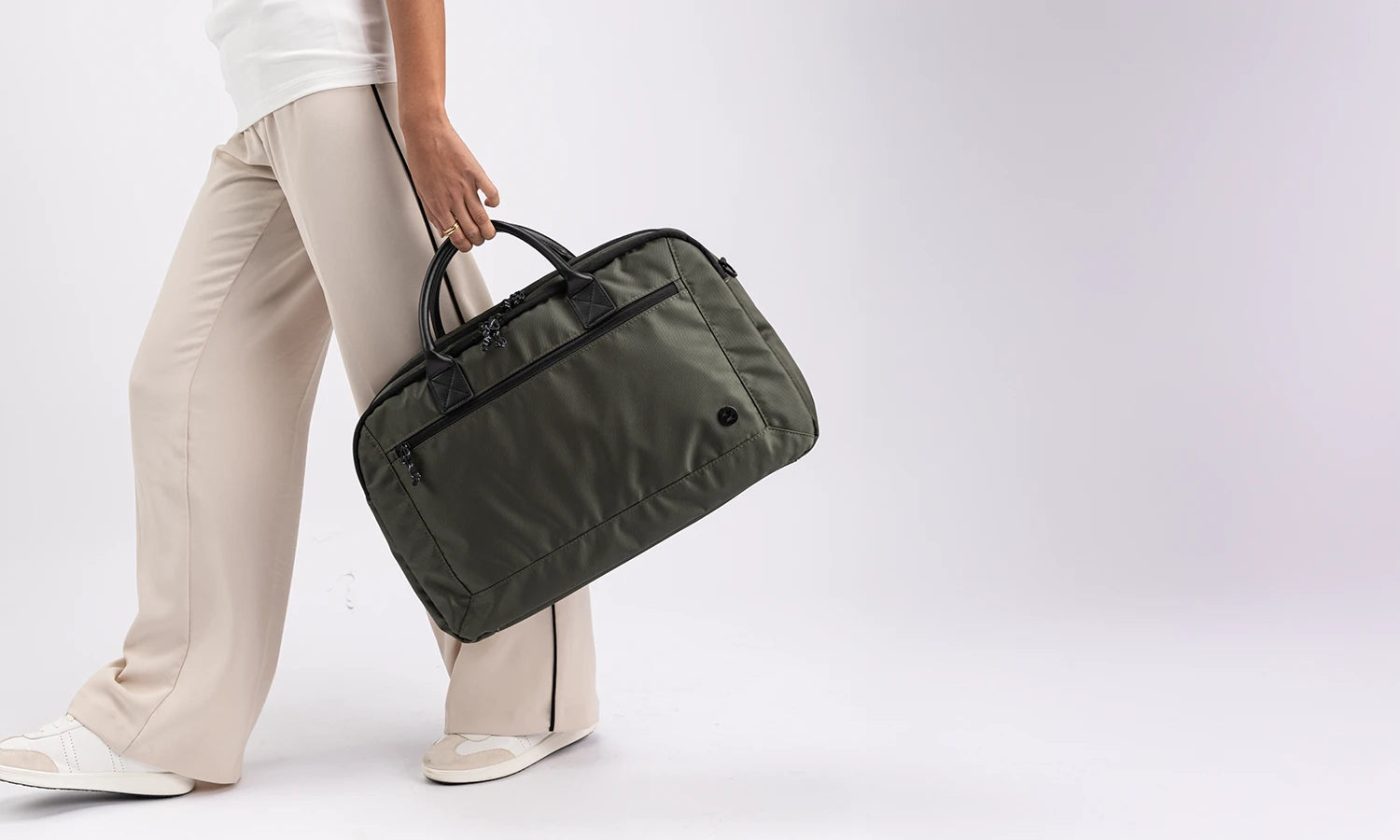
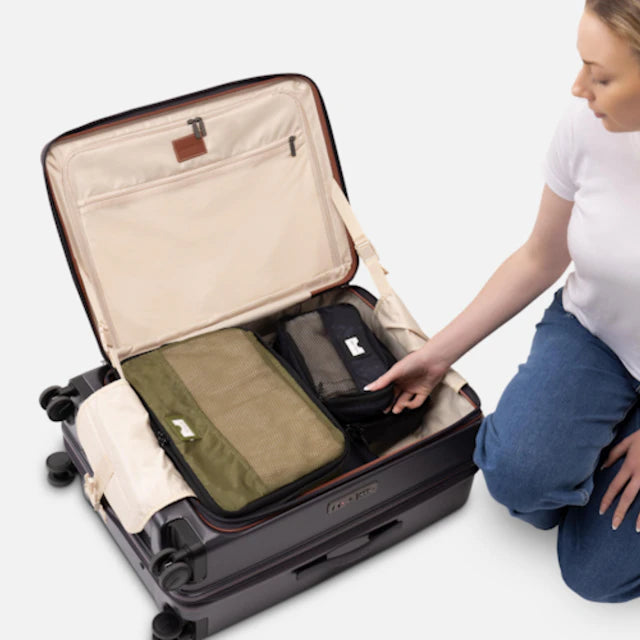







Totally brilliant suggestions. I would add to that – clutch your bag as if it was irreplaceable…which is it, unless you wish to experience loads of upset and hassles. Keep it on your lap, with the strap across your body…this may feel clumsy, but it is too easy for a thief to pick it up off the floor, or on the chair/table next to you or slung over the back of your chair.
Leave a comment